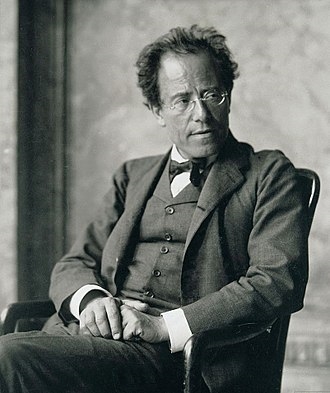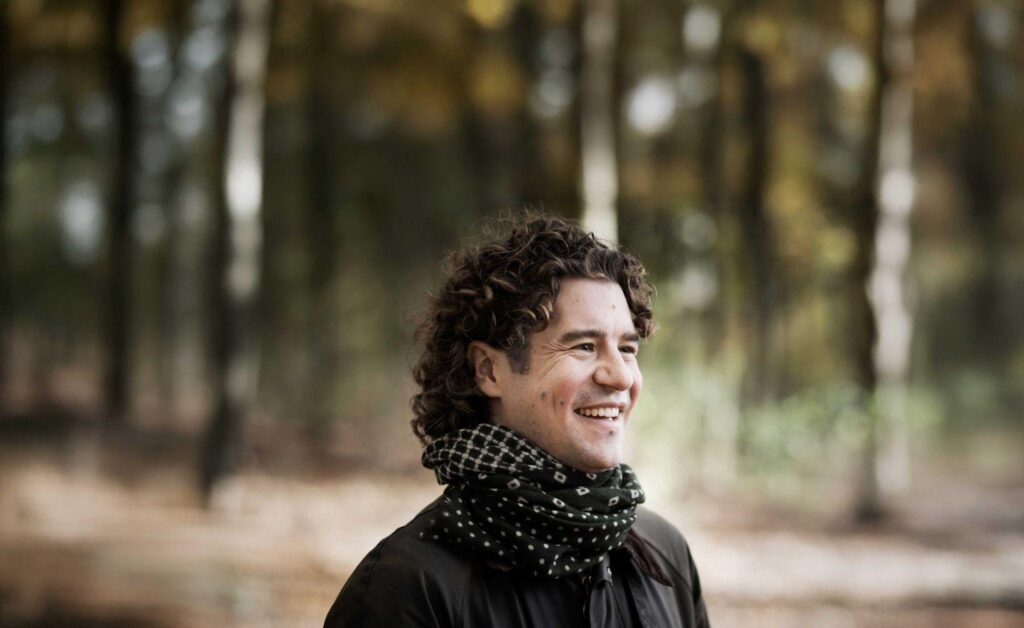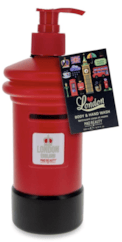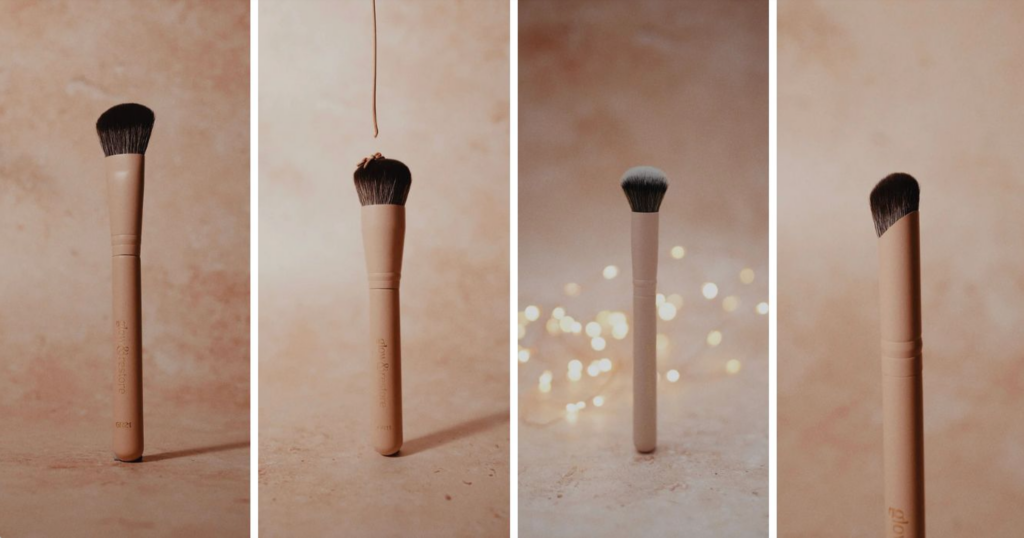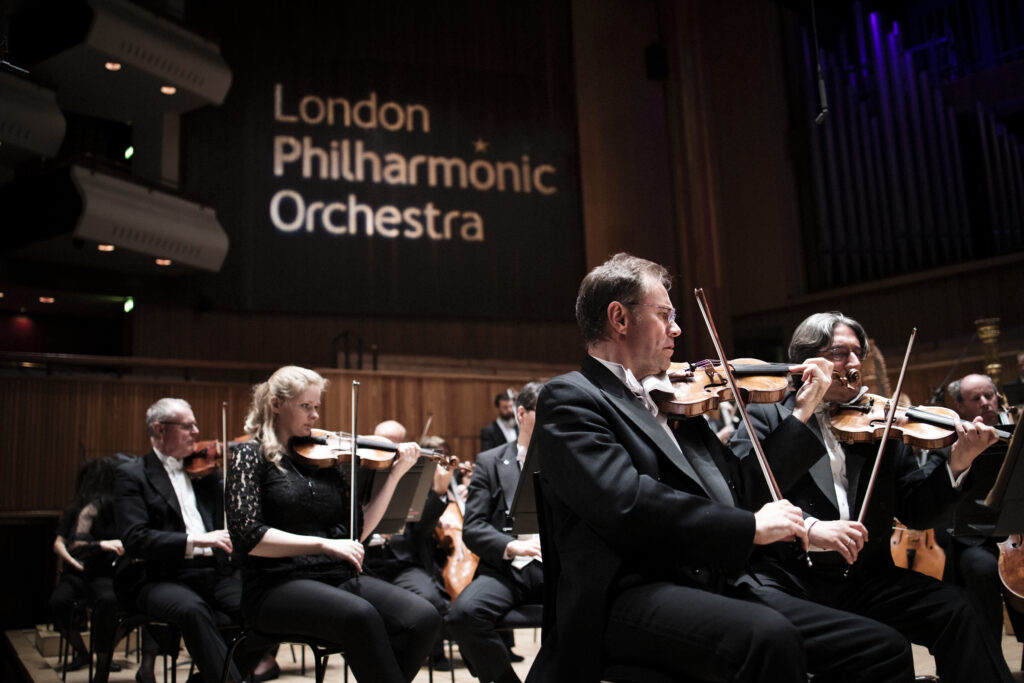
Image credit: Benjamin Ealovega
As music is so subjective, Frost Magazine is delighted to present the views of two of their reviewers on this concert – Paul Vates, yesterday, and now Michael Rowan . Enjoy.
Piano Concerto in A minor: Francesco Piemontesi, a native of Locarno, has gained a reputation as one of the leading interpreters of the German classical and romantic repertoire, little wonder that he was invited to perform here.

Francesco Piemontesi: image credit. Camille Blake
Schuman’s Piano Concerto is one of his finest large -scale creations and is one of his most daring and romantically delightful works. Undoubtedly challenging for the pianist, but Piemontesi was well up to the challenge. Grabbing the attention with an explosive start, then the piano comes in quietly to begin with, then the strings, blissfully swelling, demonstrating the skills of the full orchestra. Joyful and uplifting and finally the stunning piano solo transforming the Festival Hall into and intimate Salon, before returning us to the concert hall.
It is hard to describe the music, the nearest I came to it is, ‘gorgeous gorgeosity,’ a quote from an Anthony Burgess novel, that sums up this piece, joyful and all consuming. It is the music that could lead me into the best sleep that I could ever imagine, or if I could choose some music to listen to before the anaesthetic kicks in this would be it, and at the very end I cannot imagine a more beautiful piece to finally leave the planet.
The finale launches into an exhilarating waltz – the ending sounds like an outpouring of unbridled joy. Much of the audience were on their feet and everybody cheering demanding an encore. And what an encore, the orchestra and audience held its breath in rapt attention scared of missing a single note. More thunderous applause ensued, leaving no doubt how much we valued the talent of Francesco Piemontesi.
Following the interval, we sat back to enjoy Mahler’s Symphony No 5
It is impossible not to think of the film ‘Death in Venice’ when listening to Mahler’s Symphony No 5 and the scene with Dirk Bogarde as he views Venice from the Grand Canal.
Little wonder then that this music fits so perfectly with the film, which looks through the eyes of a lonely old man, towards the end of his life, appreciating fleeting beauty and mortality all of which can be drawn from the music.
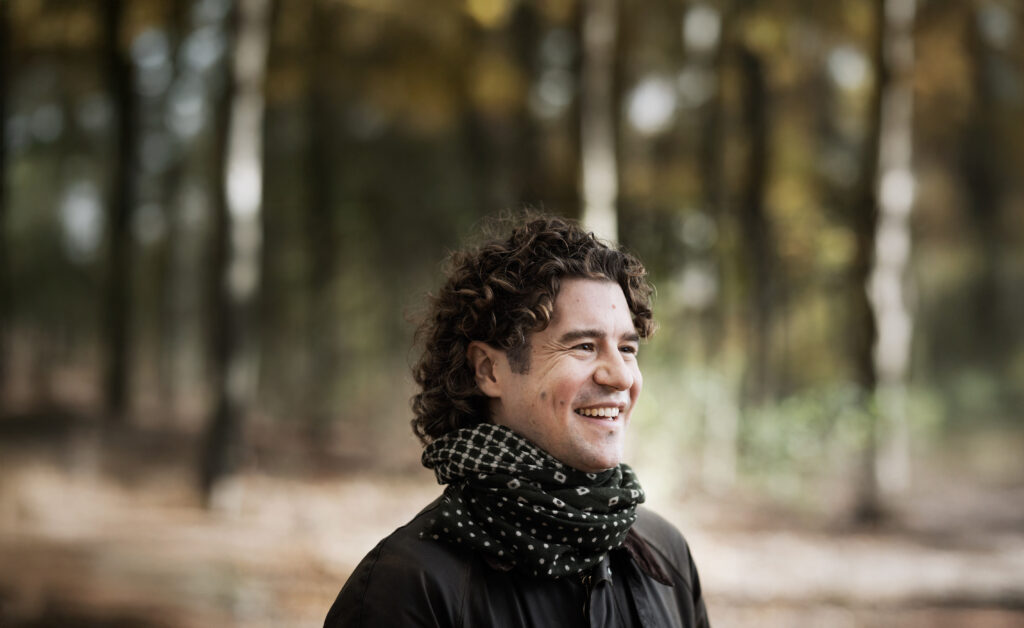
Conductor Robin Ticciati (image credit Mark Allan) regularly collaborates with the London Philharmonic Orchestra. Ticciati was born in London and trained as a violinist, pianist, and percussionist. Receiving his OBE in 2019. As a conductor Mahler was a strict taskmaster and attracted plenty of adverse criticism and whilst Ticciati has to demand much of this orchestra, there is no denying that the musicians liked and respected him, and that the feeling was mutual. We were in very good hands.
The first part, Funeral March, opens with a trumpet fanfare, quiet to begin with but growing to a magnificent crescendo, at first brooding and finally ecstatic, sweeping the audience before it. The second movement plunged us into a turbulent, furious, and manic fray, broody and dark giving way to lighter moments.
And then the famous Adagietto forever linked to Death in Venice. Beautiful, haunting and filmic. Uplifting, rousing,, rhythmic comes to a frenzied end, which left the conductor, orchestra and the audience exhausted. It had been quite a journey, but so very worthwhile. A special mention to Robin Ticciati who had the unenviable task of keeping the energy up for an orchestra already giving their all.
Dirk Bogarde when on Desert Island Discs, told the story of taking the film, ‘Death in Venice,’ to Warner Brothers in Hollywood, hoping to sell the film to the American Market. The screening was attended by all the top executives, but the end of the film was met with total silence. Bogarde’s first thought was that they couldn’t move for emotion until one of them said ‘I think that the music was just great, who did the theme music?’ Visconti, the director, realised that the film had bombed and said ‘it’s by Gustave Mahler,’ at which point the Hollywood bigwig turned to the assembled audience and said, ‘I think that we should sign him.’
Upcoming Concerts
Alina Ibragimova plays Prokofiev Wednesday 26 March 2025, 6.30pm – Royal Festival Hall In a time of revolution, Prokofiev’s First Violin Concerto wove fairytale magic – and no-one makes it dance like Alina Ibragimova.
Repertoire Saariaho – Orion. Prokofiev – Violin Concerto No. 1. Nielsen – Symphony No. 5
Tan Dun’s Water Concerto Saturday 29 March 2025, 7.30pm – Queen Elizabeth Hall. Eva Ollikainen rediscovers two modern classics, and Colin Currie – in the words of one critic, ‘surely the world’s finest and most daring percussionist’ – explores new ways of listening, with the extraordinary, culture-crossing Water Concerto by Crouching Tiger, Hidden Dragon composer Tan Dun.
Repertoire Pärt – Symphony No. 1 (Polyphonic). Tan Dun – Water Concerto. Lutosławski – Symphony No. 3
Re. Easter, these are the April events until the end of the season:
Jurowski conducts Lyatoshynsky Wed 2 April 2025, 7.30pm – Royal Festival Hall ‘Peace Shall Defeat War’ wrote Boris Lyatoshynsky on the score of his Third Symphony, and the message of this great 20th-century Ukrainian composer has never felt more urgent or compelling. Vladimir Jurowski presents a programme of uncompromising emotional power.
The music. Prokofiev – Selection from Semyon Kotko. Mussorgsky (arr. Denisov) – Songs and Dances of Death. Lyatoshynsky – Symphony No. 3
Tragedy to Triumph Sat 5 April 2025, 7.30pm – Royal Festival Hall. Schubert’s unstoppable Ninth Symphony is known as ‘the Great’ – and with Vladimir Jurowski bringing all his insight and imagination, you’ll hear why.
The music Beethoven – Coriolan Overture. R Schumann – Violin Concerto. Schubert – Symphony No. 9 (The Great)
Jan Lisiecki plays Beethoven Sat 12 April 2025, 7.30pm – Royal Festival Hall. There are few experiences in classical music more invigorating, or more stirring than Sibelius’s Second Symphony. For the young Finnish conductor Tarmo Peltokoski, Sibelius is a national hero. There’s another tale about memory to be told here, as Canadian pianist Jan Lisiecki takes centre stage to showcase the grandeur and glory of Beethoven’s mighty ‘Emperor’ Concerto.
The music Sibelius – Pohjola’s Daughter. Beethoven – Piano Concerto No. 5 (Emperor) Sibelius – Symphony No. 2
Daphnis and Chloé Wed 23 April 2025, 6.30pm – Royal Festival Hall. Wed 23 April 2025, 8.30pm – Royal Festival Hall. Ravel’s orchestral masterpiece is a ballet that resists staging, rarely being performed as a ballet. Enter Circa’s powerful acrobatics and aerials.
The music Ravel – Daphnis et Chloé. Ravel – La valse
Mahler 8 Sat 26 April 2025, 7.30pm – Royal Festival Hall is sold out.

